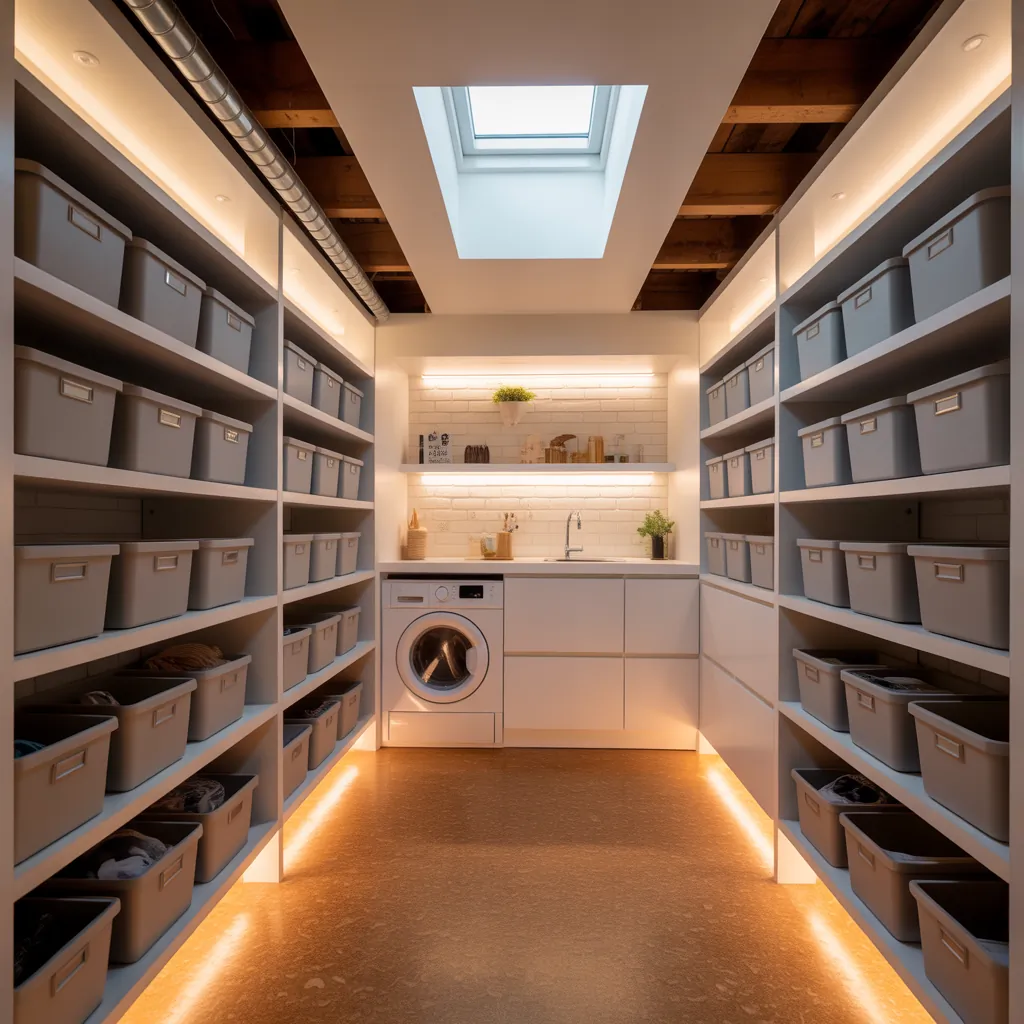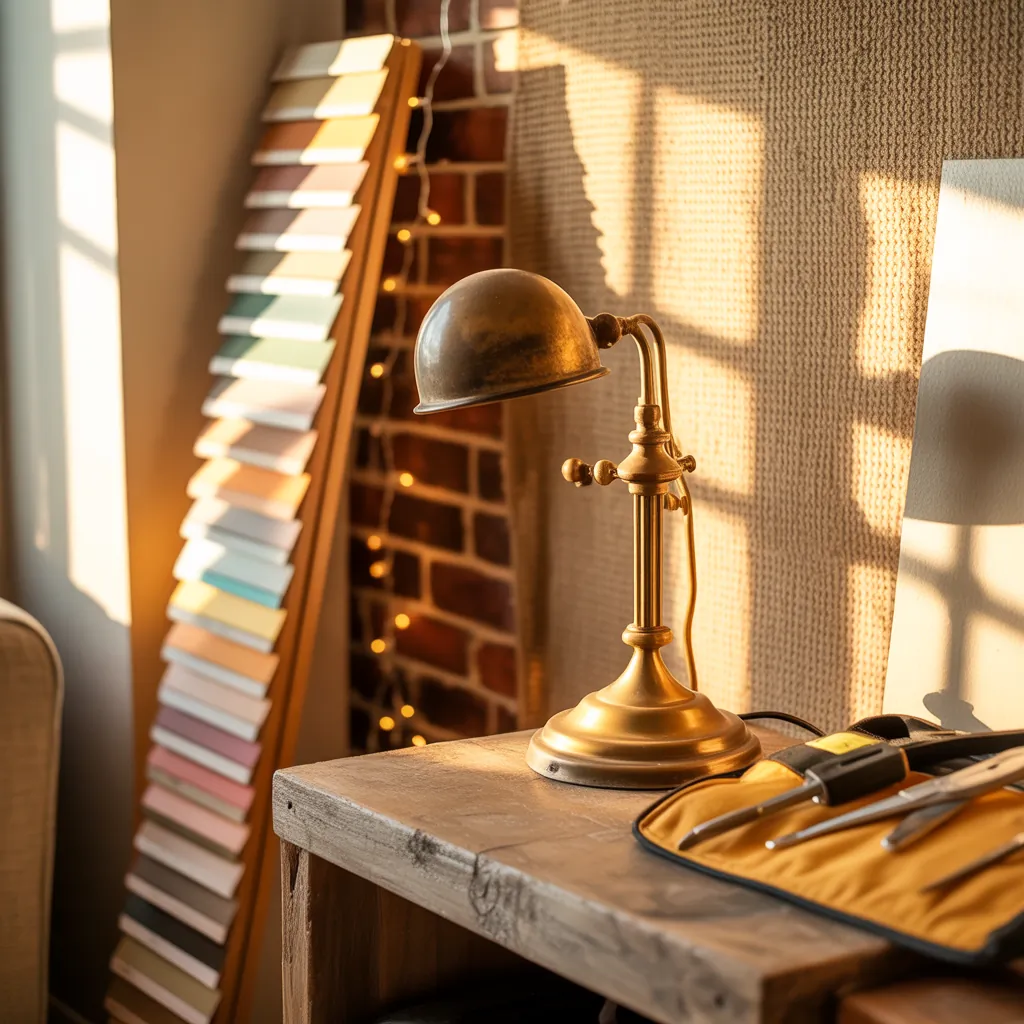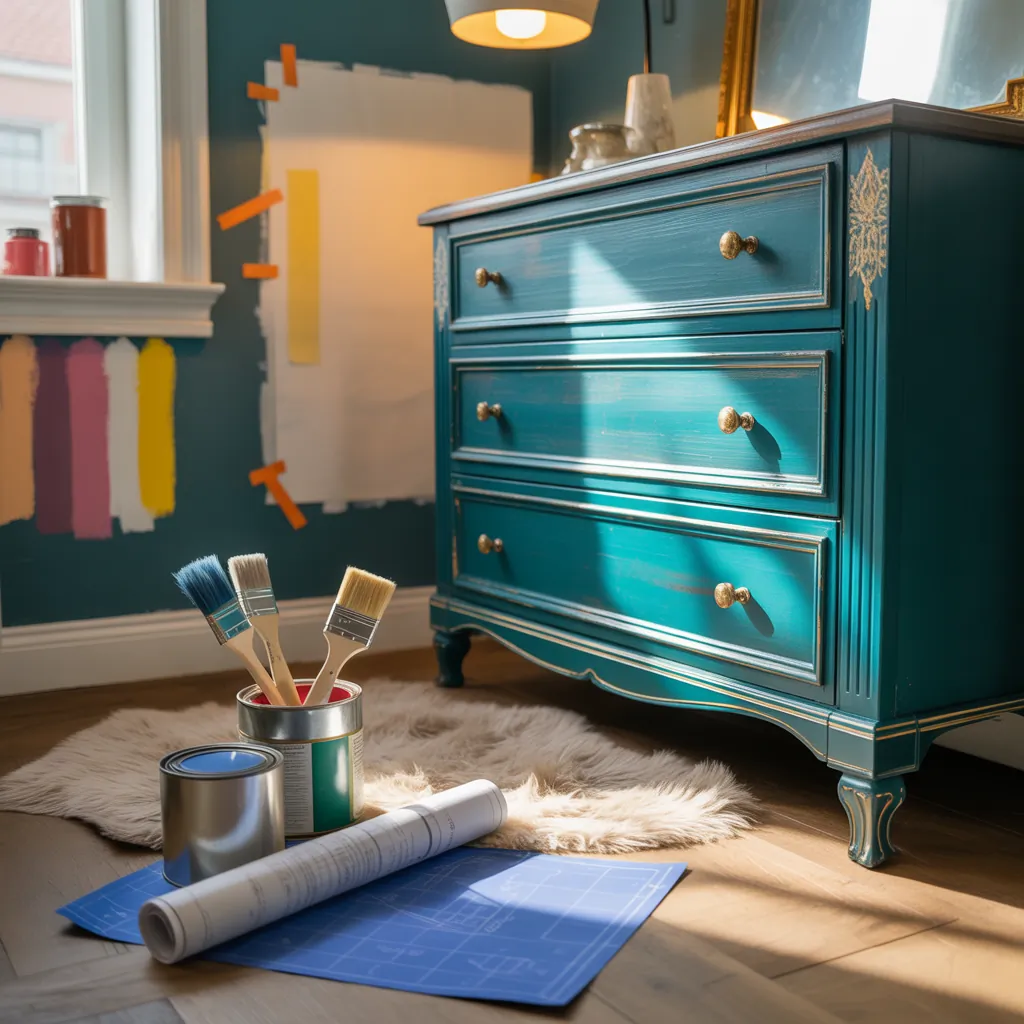Have you ever opened a closet, only to be reminded of that damp, dark crawl space under your house—and wondered if that wasted area could become useful, clean, and even stylish? If you’ve been battling musty smells, overflowing storage bins, or utility congestion, finishing the crawl space could transform a forgotten zone into a practical extension of your home. In this article you’ll find tested ideas for finished crawl space projects, step-by-step improvement tips, and creative design inspiration that any confident DIYer can try.
Why finish a crawl space? The big benefits
Finishing a crawl space isn’t just about looks. Properly encapsulating and finishing the area improves home energy efficiency, reduces moisture and mold risk, organizes utilities, and can extend the life of your HVAC and plumbing. A finished crawl space becomes safer for storage, easier to access for repairs, and gives you peace of mind—especially in humid climates.
Before you begin: inspection and safety checklist
- Inspect the foundation for cracks, pests, or structural issues. Hire a pro if you see serious problems.
- Test for moisture and mold. A moisture meter and visual inspection are essential before finishing.
- Locate electrical and plumbing lines. Turn off power when working near wiring.
- Check local building codes and permits. Some changes (insulation, structural work) may require approval.
- Plan for crawl space access—widening or replacing a jammed door could be your first DIY task.
Step-by-step: How to finish a crawl space (DIY overview)
- Clear and clean: Remove debris, old insulation, and standing water. Use a shop vac and clean water-safe cleaners for mild mold.
- Encapsulate: Install a durable vapor barrier on the floor and up the walls (6–20 mil polyethylene or thicker). Seal seams with waterproof tape.
- Insulate: Use rigid foam board or spray foam for foundation walls. Avoid fiberglass batts against unconditioned walls unless the space is conditioned.
- Manage moisture: Add a properly sized dehumidifier or connect to your HVAC if converting to a conditioned crawl space.
- Upgrade access and lighting: Install an insulated access door and LED lights or motion-activated strips for easier use.
- Finish the floor and walls: Use sealed plywood platforms, durable epoxy, or moisture-resistant flooring for storage/work areas.
- Organize and protect: Add shelving, pallet platforms, and labeled bins. Keep all items off the vapor barrier directly.
Creative ideas for finished crawl space
Here are practical and creative uses for a finished crawl space. Choose what fits your ceiling height, budget, and needs.
1. Organized storage room
Install sturdy shelving, pegboards, and raised pallets to create a dry, accessible storage zone for seasonal decor, tools, or preservation boxes. Use clear plastic bins and label everything to avoid unnecessary trips.
2. Utility and mechanical room
Consolidate HVAC components, water treatment systems, and the electrical panel into a tidy mechanical area. Encapsulation protects equipment and simplifies maintenance—just keep working clearances per code.
3. Hobby workshop or potting bench
With proper lighting and a waterproof work surface, a crawl space can become a small hobby shop for woodworking, gardening prep, or DIY repairs. Use low-profile cabinets and fold-down benches to save headroom.
4. Wine or root cellaring
If temperature and humidity are stable, convert part of the space into a wine storage or root cellar. Insulate selectively, add shelving, and install a small humidity controller for consistent conditions.
5. Pet or small-animal area
Create a dry den for outdoor cats or small pets with soft bedding, safe access, and secure ventilation. Keep it away from utility lines and use easy-to-clean surfaces.
Design inspiration and finishing touches
- Use reclaimed wood cladding on one wall for a warm, rustic look.
- Paint exposed joists and walls in light tones to make the space feel larger.
- Install motion-sensing LED strips for safe, energy-efficient light.
- Add sensory monitors: humidity sensors, smart water sensors, and CO detectors to protect investments.
- Choose removable flooring panels for easy access to plumbing and wiring.
Practical DIY tips that save time and money
Small investments up front prevent headaches later. Here are field-tested tips from pros and seasoned DIYers:
- Seal gaps around pipes and vents with closed-cell spray foam to stop air leakage.
- Use mechanical fasteners along with adhesive when installing heavy vapor barriers to avoid tears.
- Place the dehumidifier on an elevated platform and route condensate to a nearby drain or pump.
- Label shutoff valves and electrical junctions before covering walls for easier future service.
- Wear an N95 respirator, gloves, and eye protection when handling insulation and cleaning moldy surfaces.
When to call a professional
DIY finishing is rewarding, but hire a contractor if you encounter structural cracks, major mold infestations, termite damage, or complex HVAC/plumbing relocations. Professionals also help ensure your encapsulation and insulation meet local code and performance goals.
Frequently Asked Questions
1. How much does it cost to finish a crawl space?
Costs vary widely depending on size, moisture issues, and finishes. Basic encapsulation and insulation often start at a few thousand dollars, while full conversions with flooring, lighting, and mechanical work can be significantly higher. DIY costs will be lower but require time and the right tools.
2. Can I turn a crawl space into living space?
Converting a crawl space into habitable living space is usually impractical due to height and code requirements. However, you can create usable storage, a mechanical room, or specialty storage (wine cellar, root cellar). If you want truly livable space, consult a contractor about raising floor levels or excavating, which are major renovations.
3. How do I stop moisture and mold in my crawl space?
Start with proper drainage around the foundation (gutters, grading), install a quality vapor barrier on the floor and walls, insulate foundation walls, and use a dehumidifier or condition the crawl space. Address any plumbing leaks or pest intrusions promptly. Regular inspections prevent minor moisture from becoming mold.
Real-world checklist before you finish
- Document current conditions with photos and notes.
- Measure headroom and plan for access, lighting, and storage layout.
- Purchase a moisture meter, vapor barrier, and appropriate insulation materials.
- Schedule any inspections or permits required by your municipality.
- Create a maintenance plan: check the dehumidifier, sensors, and seals twice a year.
Conclusion: Make the most of your space with smart ideas for finished crawl space
Turning a neglected crawl space into a finished, functional area is one of the most rewarding home improvement moves you can make. Whether you choose to build organized storage, a mechanical hub, or a cozy hobby nook, thoughtful encapsulation and moisture control are the foundations of success. Ready to tackle your project? Start with a small upgrade—seal a corner, add shelving, or install a dehumidifier—and build from there. For more step-by-step inspiration and project plans, check out our DIY projects and home design ideas pages to keep your renovation moving forward.
Enjoyed these ideas for finished crawl space? Share your plans, ask questions, or show before-and-after photos in the comments below to inspire fellow homeowners.



